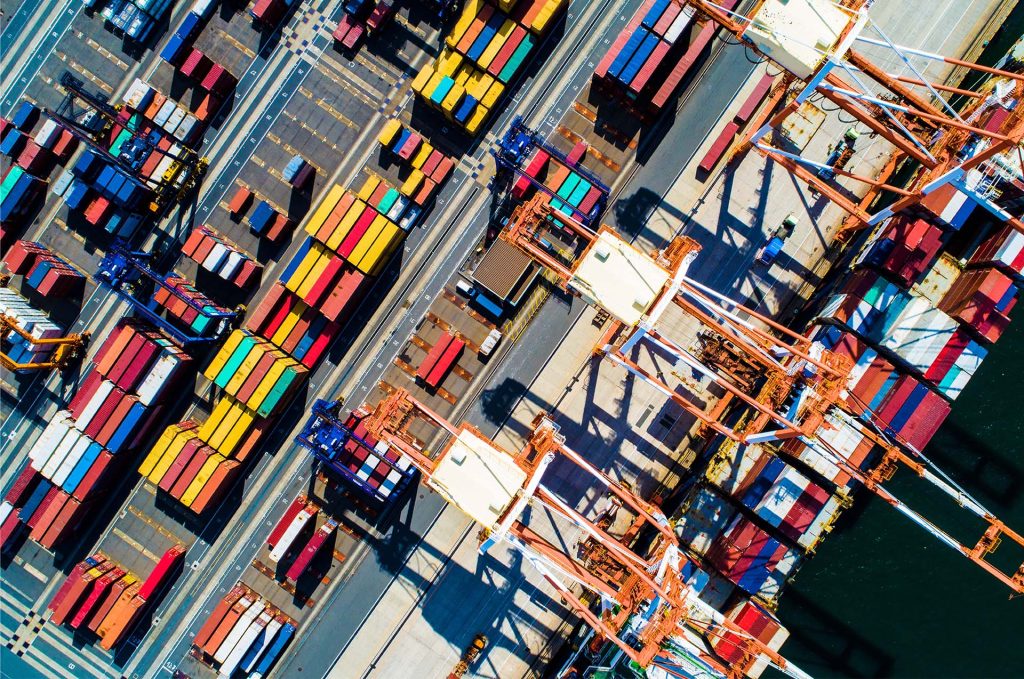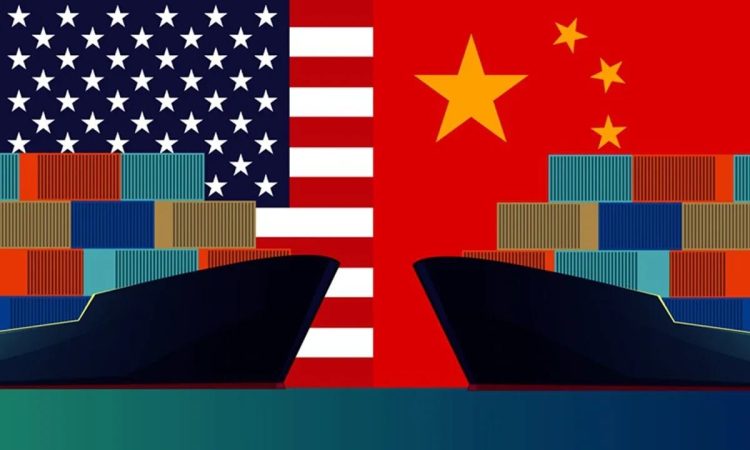Introduction: What Exactly Is “Friendshoring”?
In a world reshaped by geopolitical tensions, pandemic-driven disruptions, and rising protectionism, “friendshoring” has emerged as one of the most discussed strategies in global trade. Friendshoring refers to the deliberate shifting of supply chains toward allied or politically aligned nations, reducing dependence on rival powers. While the concept seems to promise security, stability, and mutual economic growth, investors are asking a crucial question: Is friendshoring a genuine economic megatrend or just a fleeting policy-driven illusion? Understanding how this strategy is impacting economic forecasts and identifying potential winners and losers will be vital for smart investment decisions in 2025 and beyond.
The Origins of Friendshoring: From Free Trade to Strategic Trade
Globalization once championed the ideal that goods and services would flow freely across borders, maximizing efficiency and minimizing costs. However, events like the U.S.-China trade war, COVID-19 supply chain bottlenecks, and Russia’s invasion of Ukraine exposed vulnerabilities in overly globalized supply networks. In response, policymakers began promoting “nearshoring” and “reshoring” initiatives. Friendshoring is the next evolution—relocating supply chains not just geographically closer but into the hands of nations deemed trustworthy allies. The Biden administration, European Union, and key Asian partners have all embraced the concept rhetorically, and numerous companies from semiconductors to pharmaceuticals have started adjusting their operations accordingly. Yet despite strong political backing, the economic viability of friendshoring remains a subject of fierce debate among economists and market analysts.
Shifting Supply Chains: Where the Action Is Happening
Concrete signs of friendshoring are already visible. In the tech sector, semiconductor giants like Intel and TSMC are investing heavily in the U.S. and Europe, moving portions of production away from East Asia. Pharmaceutical companies are building facilities in India, Mexico, and Eastern Europe to diversify away from China. The renewable energy sector is another hotbed, with supply chains for critical minerals and solar panels shifting toward Australia, Canada, and other allied nations. Notably, industries reliant on complex, globally dispersed supply chains—like automotive manufacturing—face higher hurdles, as relocating operations involves immense capital expenditures and logistical challenges. Thus, friendshoring is happening, but unevenly across industries, raising questions about its scalability and economic efficiency.
Economic Forecasts: Stability at a Cost?
Friendshoring may bolster geopolitical stability and reduce supply chain risks, but it is not without economic trade-offs. Economists warn that relocating manufacturing to allied but higher-cost countries could drive up production expenses, contributing to inflationary pressures over the medium term. Furthermore, countries attracting friendshored investment often lack the infrastructure, labor force skills, or regulatory environment to immediately replicate the efficiency of existing supply hubs like China. As a result, friendshoring may lead to a “stagflationary” scenario where security improves but economic growth slows, at least temporarily. Forecasts from the IMF and World Bank suggest that while some regions could benefit from increased foreign direct investment (FDI), global GDP could take a minor hit if supply chain fragmentation intensifies. For investors, this creates a complex risk-reward calculus.

Winners: The Economies and Sectors Set to Gain
Several nations stand out as potential beneficiaries of the friendshoring wave. Mexico, with its proximity to the U.S. and existing manufacturing base, is attracting significant attention, especially in automotive and electronics. India, leveraging its vast labor pool and strategic partnerships with Western nations, is positioning itself as a new global manufacturing hub, particularly in tech and pharmaceuticals. Vietnam, Poland, and Malaysia are also emerging as friendshoring hotspots, offering lower labor costs and improving infrastructure. Sector-wise, companies involved in logistics, industrial construction, and specialized manufacturing equipment are expected to thrive. Real estate in industrial zones, particularly in Mexico and Southeast Asia, is also becoming an attractive asset class for forward-looking investors. ETFs tracking emerging market infrastructure and supply chain technology may see outsized gains if the friendshoring trend strengthens.
Losers: Who Stands to Lose?
On the flip side, countries heavily reliant on globalized supply chains but politically isolated—most notably China and Russia—face potential economic contractions as friendshoring progresses. While China’s vast domestic market may cushion some of the blow, its role as the “world’s factory” could diminish over time if alternative supply networks solidify. Corporations slow to adapt, particularly those deeply entrenched in non-aligned manufacturing bases, risk margin erosion, supply disruptions, and regulatory scrutiny. Additionally, sectors dependent on ultra-low-cost manufacturing, such as fast fashion and consumer electronics, could face headwinds as production costs rise. Investors holding large positions in companies overly exposed to at-risk supply chains must reassess their portfolios carefully, as transition risks loom larger with each passing quarter.
Expert Perspectives: Friendshoring as an Imperfect Solution
While policymakers tout friendshoring as a strategic necessity, many economists caution against viewing it as a panacea. Nobel laureate Paul Krugman recently noted that while reducing dependency on adversarial nations has clear security benefits, the economic efficiency lost in the process could weigh heavily on productivity and growth. Similarly, Morgan Stanley analysts highlight that the early beneficiaries of friendshoring might not sustain their advantage long-term if operational challenges and political instability in “friendly” nations undermine investor confidence. Thus, while friendshoring addresses immediate geopolitical concerns, it introduces new economic vulnerabilities that investors must monitor carefully.
Investment Opportunities: Strategic Plays for a Friendshoring World
For investors looking to capitalize on friendshoring, a thematic, diversified approach is key. Industrial REITs in Mexico and Southeast Asia, logistics companies enhancing cross-border trade efficiency, and specialized equipment makers serving newly built factories all offer attractive entry points. In equities, diversified multinationals with flexible supply chains—such as Honeywell, Caterpillar, and certain semiconductor giants—are better positioned than firms tied to legacy manufacturing hubs. Fixed income investors may also find opportunities in emerging markets set to benefit from rising FDI, although due diligence is crucial given the political and currency risks. Thematic ETFs focused on supply chain innovation, manufacturing automation, and critical minerals could offer broad exposure without overconcentration in any single geography or sector.
Risks to Watch: What Could Derail the Friendshoring Narrative?
Despite its promise, friendshoring is not immune to setbacks. Infrastructure bottlenecks, labor shortages, and political instability in “friendly” nations could slow progress significantly. Furthermore, if inflationary pressures from higher production costs become politically unsustainable, governments may backtrack on aggressive friendshoring policies. There’s also the risk of retaliation: excluded nations like China could leverage their dominance in critical areas such as rare earths or battery technology to exert pressure on friendshoring economies. Lastly, a change in political leadership—particularly in the U.S.—could alter the strategic calculus if future administrations prioritize cost-efficiency over geopolitical alignment. Investors must stay alert to these evolving risks and adjust strategies accordingly.
Conclusion: A Complex Reality Behind the Friendshoring Hype
Friendshoring is reshaping the economic landscape in 2025, but it’s far from a guaranteed investment bonanza. While the trend offers significant opportunities for certain nations, sectors, and companies, it also introduces a complex web of new risks. Investors must go beyond surface-level narratives and conduct rigorous analysis to distinguish between real growth prospects and speculative mirages. In a world where security considerations increasingly dictate economic policy, the smartest investment strategies will be those that combine geopolitical insight with disciplined financial analysis. Friendshoring may indeed be a powerful trend—but like all structural shifts, it will create both winners and losers. The challenge and opportunity for investors lie in discerning which is which.














































